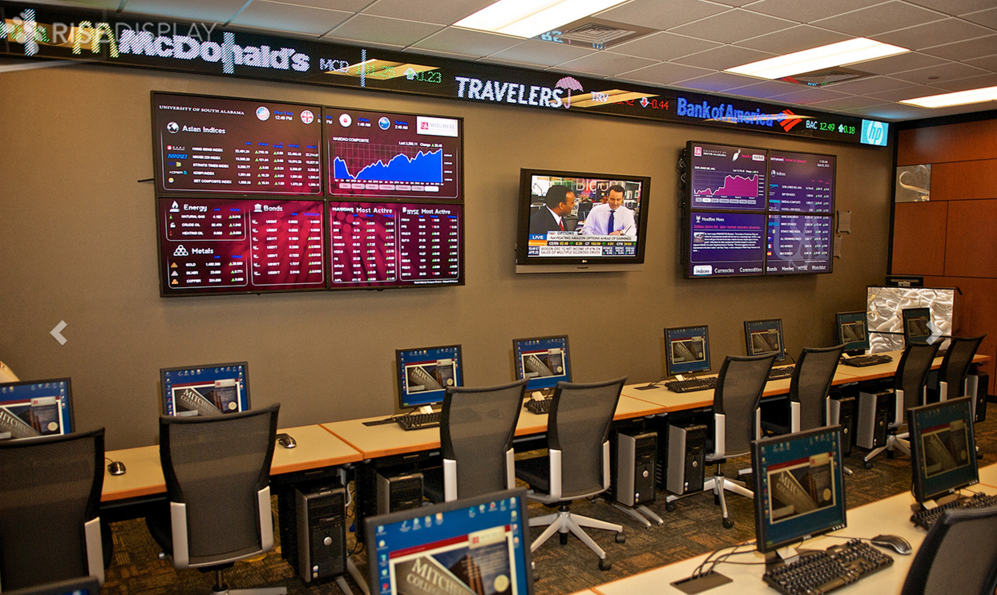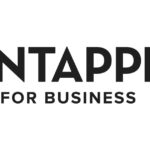Introduction: What is a Personal Finance Lab?
In today’s fast-paced world, financial literacy is no longer a luxury but a necessity. A Personal Finance Lab is an innovative educational tool designed to teach individuals essential money management skills through practical, hands-on learning. Whether you’re a student, educator, or someone eager to improve your financial health, a personal finance lab can provide a simulated environment where you can explore budgeting, investing, and wealth-building strategies.
In this comprehensive guide, we’ll delve into the workings of a personal finance lab, its benefits, and how it can revolutionize your understanding of money. Whether you’re managing debt, saving for a big purchase, or planning for retirement, this article will equip you with the knowledge and tools to take control of your finances.
What is a Personal Finance Lab?
A Personal Finance Lab is an interactive platform—either physical, online, or a combination of both—designed to simulate real-world financial scenarios. It serves as a “sandbox” where users can practice critical financial skills like budgeting, investing, and portfolio management without real-world risks.
These labs are commonly used in schools, colleges, and corporate training programs to teach financial literacy through tools such as stock market simulators, budgeting modules, and personal finance games. However, they’re equally valuable for individuals seeking self-paced learning.
Key Features of a Personal Finance Lab:
- Stock Market Simulations: Practice trading and investing in a risk-free environment.
- Budgeting Modules: Learn how to allocate income, track expenses, and build savings.
- Financial Literacy Games: Interactive activities designed to make learning fun.
- Real-Time Analytics: Gain insights into your financial habits and decisions.
- Customizable Curriculum: Tailor content to suit your learning goals or classroom objectives.
Why Use a Personal Finance Lab?
1. Build Practical Financial Skills
Many people struggle with financial basics like budgeting or understanding how credit works. A personal finance lab provides hands-on learning opportunities that turn abstract concepts into real-world skills. For example, you can simulate how taking out a loan affects your credit score or how compound interest impacts savings over time.
2. Risk-Free Learning Environment
One of the biggest barriers to learning about money is the fear of making mistakes. In a personal finance lab, you can experiment with different financial strategies—like investing in stocks or creating a retirement plan—without any financial consequences.
3. Tailored for Different Learning Levels
Whether you’re a beginner trying to understand budgeting or an advanced learner diving into portfolio diversification, personal finance labs cater to all skill levels. Many labs allow users to adjust settings to match their knowledge and goals.
4. Educational for All Ages
From high school students to working professionals, personal finance labs are designed for diverse age groups. Some labs are even gamified to make financial literacy engaging for younger audiences.
Core Components of a Personal Finance Lab
1. Budgeting Tools
Budgeting is the foundation of financial success. Personal finance labs include tools that allow users to:
- Set income levels.
- Track expenses.
- Allocate savings.
- Plan for financial goals, such as a vacation or an emergency fund.
For instance, a budgeting module might simulate real-world challenges like unexpected medical bills or fluctuating income, teaching users how to adapt and prioritize.
2. Stock Market Simulators
These simulators mimic real-time market conditions, allowing users to:
- Buy and sell stocks, bonds, and mutual funds.
- Build and diversify investment portfolios.
- Analyze market trends and learn risk management.
Stock market simulators are perfect for those new to investing, as they provide the chance to learn without financial losses.
3. Financial Literacy Games
Gamification makes learning fun and engaging. Popular games include:
- Debt Management Challenges: Learn how to pay off debt efficiently.
- Credit Score Builders: Understand how actions impact your credit score over time.
- Retirement Planning Simulations: Practice long-term planning and explore how decisions affect future financial security.
4. Real-Time Feedback and Analytics
Feedback is essential for learning. Personal finance labs provide detailed analytics, such as:
- Spending habits reports.
- Investment performance summaries.
- Savings milestones achieved. This data helps users identify strengths and areas for improvement.
Who Can Benefit from a Personal Finance Lab?
1. Students
High schools and colleges use personal finance labs to prepare students for the real world. These labs teach skills like balancing a checkbook, understanding credit, and managing student loans.
2. Educators
Teachers can use personal finance labs to create engaging lesson plans, track student progress, and provide personalized feedback.
3. Professionals
Working adults looking to enhance their financial literacy can use these labs to plan for retirement, manage debt, or explore investment opportunities.
4. Families
Parents can use personal finance labs to teach children about money, helping them develop healthy financial habits from a young age.
Popular Personal Finance Lab Platforms
Here are some of the best personal finance lab platforms available:
1. EverFi
A widely used educational platform that combines financial literacy courses with interactive simulations for students and educators.
2. HowTheMarketWorks
This platform focuses on stock market education, offering free simulations and resources for both beginners and advanced investors.
3. PersonalFinanceLab.com
A comprehensive tool that includes budgeting simulations, stock market games, and customizable curricula for educators.
4. Zogo
An app designed to gamify financial education for younger audiences, rewarding users with points as they complete lessons.
Tips for Using a Personal Finance Lab Effectively
- Set Clear Goals: Define what you want to achieve, whether it’s mastering budgeting or learning how to invest.
- Engage Regularly: Dedicate time each week to practicing in the lab for consistent progress.
- Track Your Progress: Use analytics to identify areas where you need improvement.
- Apply What You Learn: Try implementing the strategies you’ve practiced in the real world.
Conclusion: Why You Need a Personal Finance La
A Personal Finance Lab is more than just a tool—it’s a gateway to financial independence. By providing a risk-free, interactive environment to learn about money, it equips you with the skills to manage your finances confidently. Whether you’re a student preparing for the future, a professional planning for retirement, or someone looking to break the cycle of paycheck-to-paycheck living, a personal finance lab can make a significant difference.
Start exploring the world of personal finance today and take the first step toward financial freedom. Have you used a personal finance lab before? Share your experience in the comments below!



